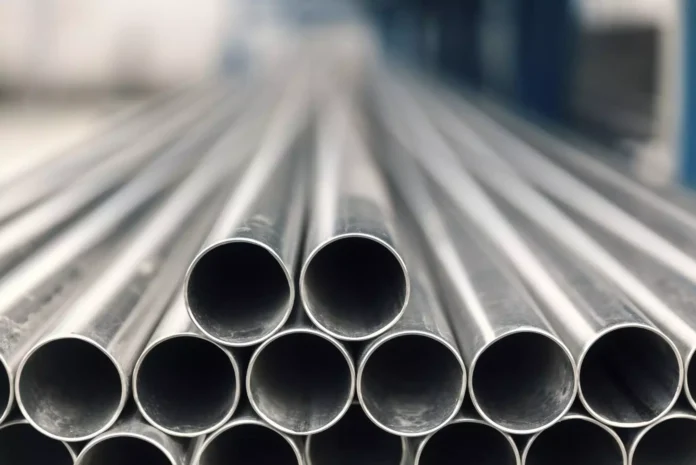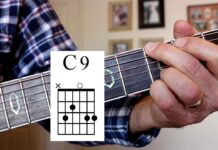Aluminum metal doesn’t have the best strain distribution and elastic qualities. Besides, you need some extra work to elongate the metal. Therefore, Aluminum manufacturers design methods to make the metals elongated and more elastic. In the process, Aluminum products with heights that are greater than widths are created. Other shapes likely to be created include hollow cylindrical and straight shapes. Curved and tapered sides are also products of the drawn Aluminum process.
The drawing process is completed using a die or punch. During the design process, an outline is made depicting the final product to be made. The dye/punch is used to draw the Aluminum and push it to achieve this design.
This process is gradual. Several dies are used and each die has an important role in the drawing process. With every other die, the width of the Aluminum is reduced. As this happens, the length of the same metal increases in length. This happens without the metal changing in thickness.
There are conditions that must be met for effective Aluminum drawing to take place. One of them is the fact that there must be enough draw ratio to outdo the compressed material’s ability to resist flow. That way, you’ll have a more successful drawing process.
The correct draw ratio will also prevent overstretching the metal. This will bring a balance and therefore better results. You must also lubricate the metal well enough to facilitate efficiency.
Drawing can also lead to overstretching if somethings are not looked into. A drawn Aluminum metal has two sides, i.e. the black and punch edges. The two should not be too far wide apart. Too much space between the two will prevent proper metal flow, therefore, stretching of the metal will be inhibited.
Different mechanisms are used in deep drawing Aluminum. Each of these options has advantages over the other. Deep drawing through stamping or hydroforming is the most common one and has the following benefits.
Aluminum is heat treatable and rust resistant. Through deep drawing, these properties are harnessed to make better auto motives, aerospace objects and kitchen stuff. Their non-magnetic properties allow them to be recycled into proper drawn Aluminum and give better service to the users.
The alignment stage corrects all these deformities. It straightens the little imperfections for fine end products to be realized. This improves the quality of the metal and makes them more marketable. Then, treatment, finishing and fabrication are done to complete the extrusion process. At this point, the metal is ready for sell as well as usage for other designated purposes.
Which Products are best for drawn Aluminum?
1. Pipe fittings
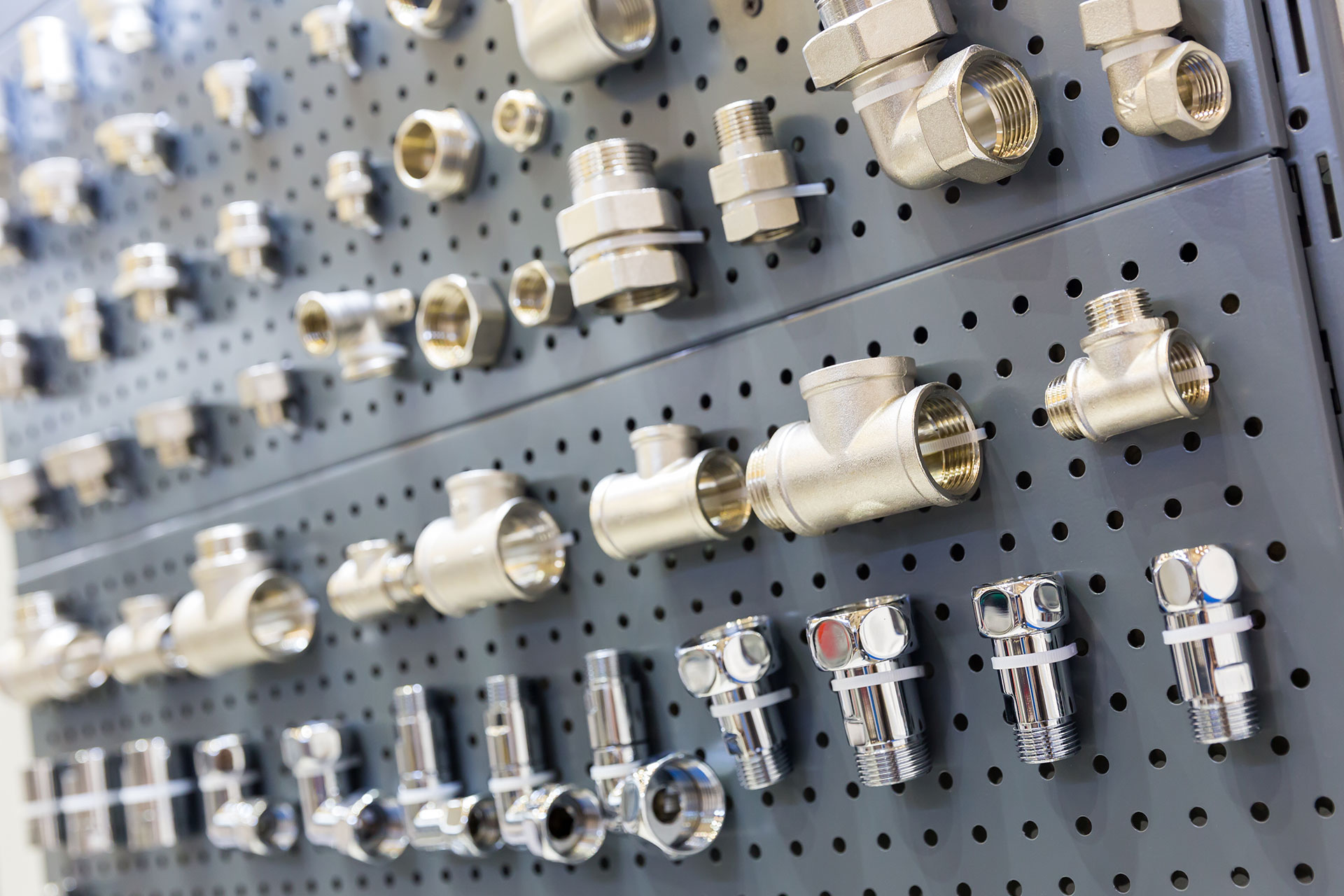
Major pipeline companies rely on pipe fittings to make massive pipelines that help transport essential liquids. Pipe fittings help in joining pipe sections together allowing flexibility. This gives the developers the ability to pass pipes through almost impossible areas, therefore, allowing their clients get enough and proper service.
2. Automobile shock absorbers
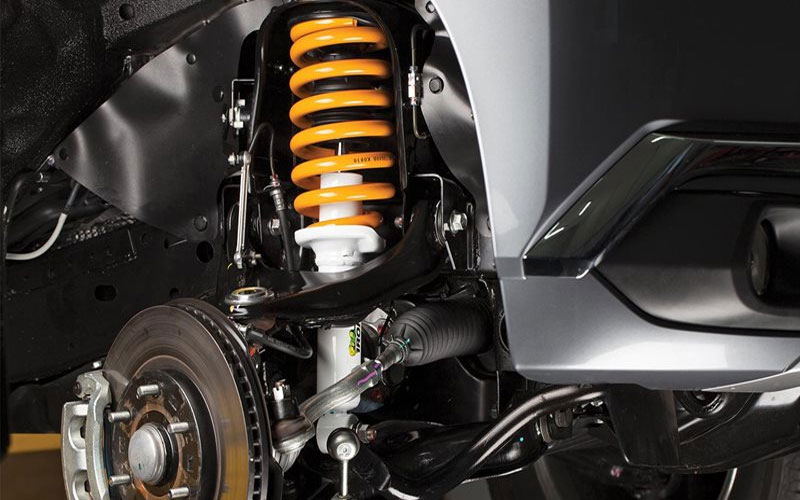
Drawing is applied in Aluminum tubing. The process helps in making products like automobile shock absorbers that are very vital in the operations of moving cars. Strong aluminum alloys are used so that a high extension rate of up to 20% is achieved. This gives the shock absorbers enough power to perform its duties.
The absorbers also need proper elongation to work better. Drawing equips them with this property by adequately aiding in the metal’s elongation to match its performance requirements.
3. Bicycle frames and motorcycle shock absorbers

These ones too are made from drawing Aluminum. The reason for this is because these parts require elongation and the ability to withstand pressure. The drawing process allows these products to be elongated enough to serve their purpose well. That way, riders can have an easy time using the machines. Besides, the developers can make bicycles and motorcycles that work well.
4. Sports equipment

Bats, ski and trekking poles are made using Aluminum that’s been drawn. There are three specific kind of alloys that are commonly used for drawing to make these products. They include 7075/7050 and 7055. These alloys give the product extra strength but keep them as light as possible. This allows athletes to compete at top level without feeling like the sports equipment is a burden to them.
5. Office equipment parts
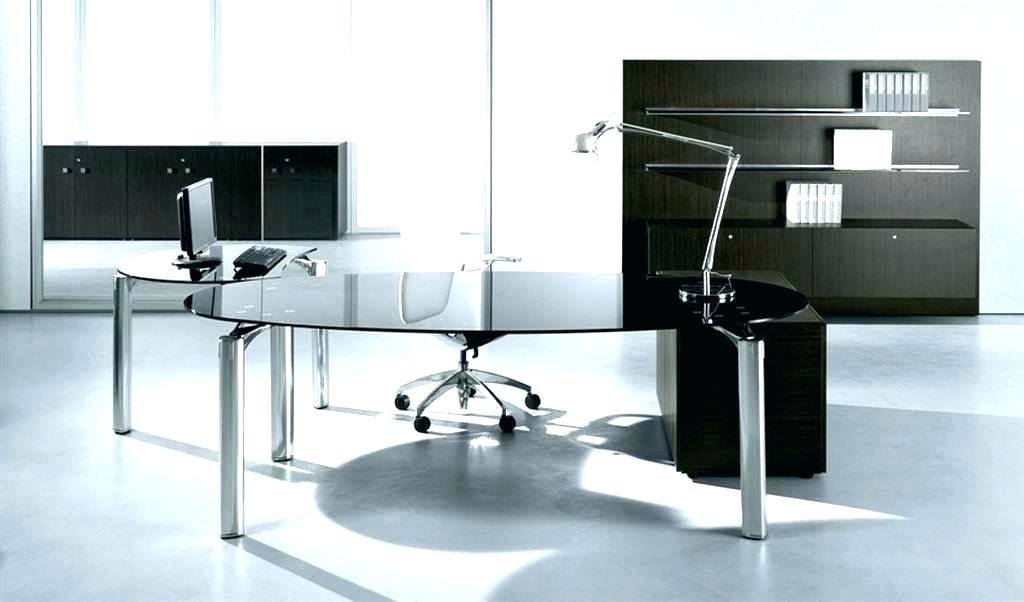
Some office equipment parts are also made using drawn Aluminum. The most common ones are OPC and heating rollers. The metal allows this equipment to work well even under busy office environments. This means they’re able to withstand busy working environments even when workers overuse them.
Differences Between Drawn Vs. Extruded Aluminum
Different manufacturers settle for varying options when optimizing Aluminum for various purposes. Drawing Aluminum versus extruding the metal has one major difference and that is in the shaping of the metal by the die.
Extruded Aluminum is forced through a die. This way, the metal is curved into the target shape as intended by the manufacturer. On the other hand, drawing of Aluminum is done by pushing the metal into a mold.
The other significant difference between these two is the fact that the processes make specific end products. For instance, drawn Aluminum is commonly used to make circular products. This may include cans and pots among other products.
On the other hand, extruded Aluminum makes more products including rods among others. You can find these extruded shapes from FONNOV ALUMINIUM. This is because the drawing process and extrusion all turn the metal into a certain shape.
Another difference is that most extruded metals are final. That means, by the time the metal leaves the extrusion chambers, it comes out with a final shape. On the other hand, drawing may not give you the final product. Instead, more processes may be involved before finally finding a final product.
The other difference that stands out between these two is the manner in which the two moves. While extrusion involves pushing of Aluminum, drawing has Aluminum pulled through the drawing machinery. The pushed extruded Aluminum is moved under high temperature and pressure.
There are different types of extrusion processes. They include cold, hot, friction, and micro extrusion. All these leads to different results based on the goal of the manufacturing company. On the other hand, drawing also have different types of the process. The drawing variants include tube, rod, and wire drawing. These too have varying results.

